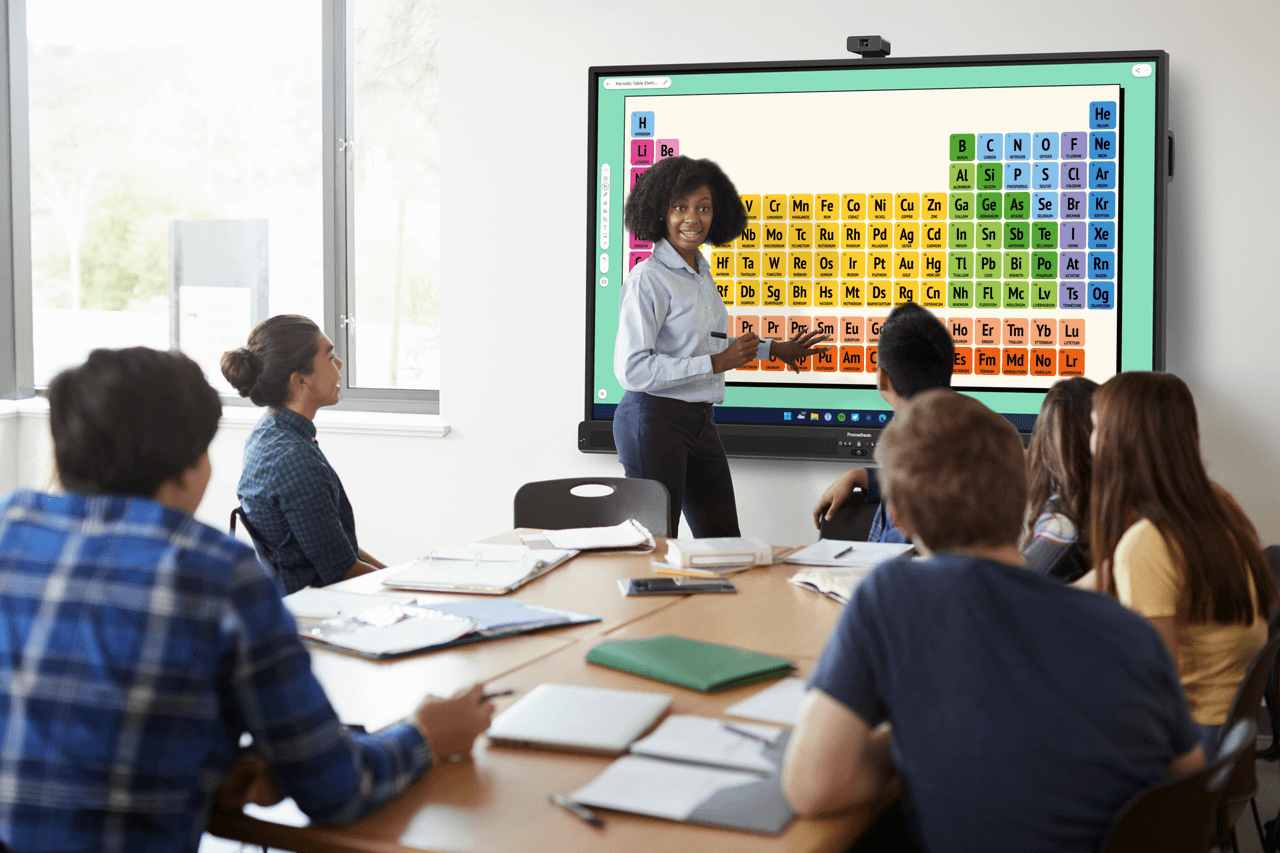Published on June 3rd, 2021
Education news roundup
6 minute read

Get The Latest EdTech News From Promethean
Here are 3 of the latest and trending U.S. education and edtech news subjects.
1. Education equity in post-pandemic learning
In the current education climate, schools are continuing to navigate the new normal brought on by the COVID-19 pandemic. One topic driving this new era is the widened gap of education inequity and the urgency to close it.
Some districts are working to provide an equal amount of attention, time, and resources to all students. However, prioritizing equity rather than equality can result in more effective support for students and teachers. Schools must recognize both the need for individualized opportunities and the value of diversity and inclusion. Schools can then direct their focus on three primary pillars of meeting social and academic needs, providing professional development support, and facilitating student support groups.
Along with knowledge and skill gaps, the digital divide among K-12 students remains a priority issue that impacts multiple opportunities for equitable experiences. Schools can achieve digital equity by leveraging education technology to support students and lessons. Once the digital gap closes, social-emotional learning, or SEL, can be taught more effectively. SEL enables healthy management of identity, emotions, goals, relationships, and decisions. SEL is most effective when education leaders evaluate their curriculum and use of tech resources. Additionally, IT professionals working in education systems should consider the types of both technology and media they want students to use to further impact the results of SEL.
An inclusive classroom will empower students to feel reconnected after social and potentially digital isolation – they’ll have a sense of belonging. Preparing now to address classroom equity in the fall will lead to a positive transition when classes resume after the summer break.
2. Highlighting hybrid classroom best practices
While homeschooling and online classes existed before the pandemic, the hybrid model has emerged as an archetype for a successful education experience. Expectations of being isolated while learning virtually or at home have become more standardized. However, the expectation to mimic an in-person class to scattered students was a challenge through the pandemic. Districts and education leaders exchanged best practices of what hybrid classrooms should look like, maximizing collaboration through an industrial revolution.
Since the longer-term adjustment to hybrid learning models, teachers have been prompted to adjust their expectations and approaches. Assignment flexibility, relaxed grading, shorter lectures, and less group work are the new norms for some teachers. While it was a seemingly chaotic and quick transition to hybrid learning, teacher support illustrates the factors contributing to personalized education and inclusive classrooms.
The revolutionary hybrid model not only forced education leaders but also edtech companies, to adapt. For example, interactive displays were previously designed to enhance student engagement only within the classroom. In order for interactive displays to contribute to a productive hybrid classroom, display product capabilities were updated to integrate applications on legacy technology. These important updates to classroom edtech tools work to unite students and sustain class collaboration.
3. Edtech across learning modalities
Technology, learning environments, and student needs have all evolved throughout the pandemic. School funding levels fluctuated due to federal grants and school spending focused on adapting to the pandemic evolution.
With variations of school settings, individual needs, and uncertainty of the future, education leaders were forced to invest in classroom technology. A long-term challenge of buyer decisions is determining what tech products are “good.” Defining good versus bad and judging tech products requires decision-makers to reference research. For example, device age and specifications were reported as significant contributing factors to K-12 remote learning experiences.
As much as classroom technology can support classes from a capabilities standpoint, the ability for teachers and students to understand, utilize, and benefit from edtech is just as important. In the instance of a flipped classroom model, teachers need to employ top tips for producing and delivering dynamic educational videos.
As a result of teachers developing new technology skills, some have reflected on boosted confidence and stronger student bonds. This new era of edtech has given students and educators the opportunity to empathize with each other as they each adapt their existing roles in a reinvented world.
To get more insights, tips and updates from Promethean, follow us on Facebook, Twitter or LinkedIn.




